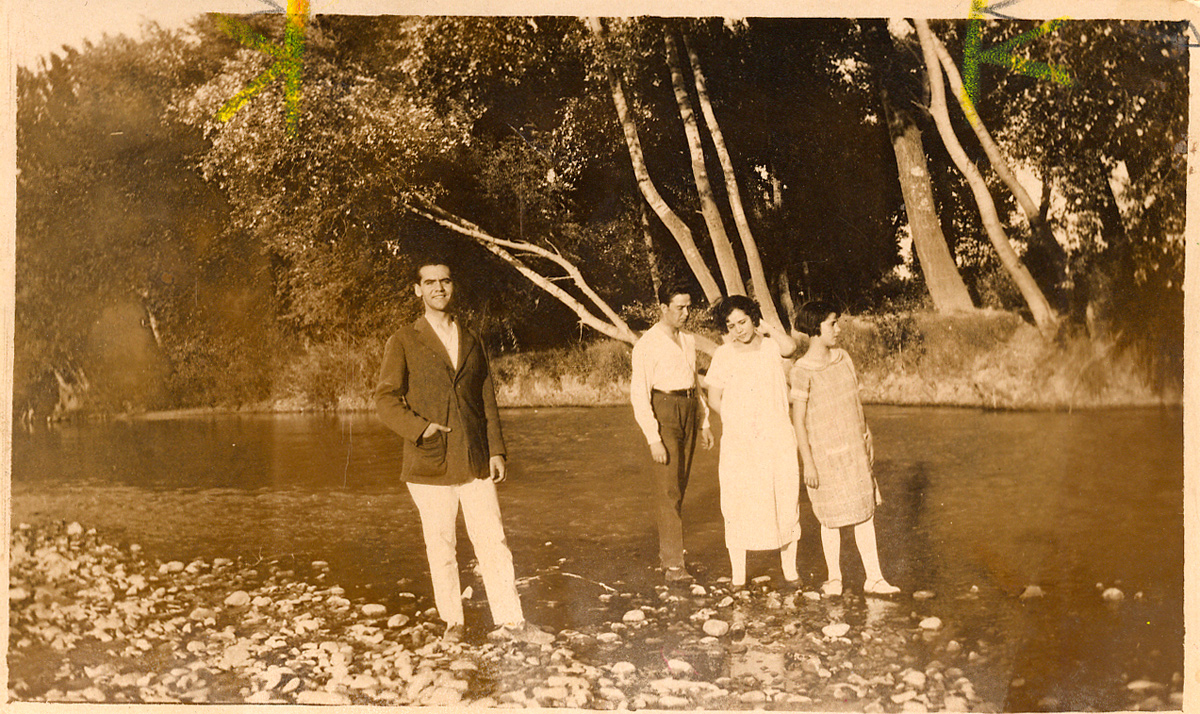
From the indications given by the poet himself after the title (date and place), we can relate the elements that appear in these poems to his landscape or his experiences in Granada and its Valley:
• We know (from his sister Isabel, who tells us so in her book Recuerdos míos (My Memories)) that many of the children’s games or folk songs of the Valley appear in these poems: Balada Triste (Sad ballad), Santiago, Balada Interior (Interior ballad) “Frío, frío [“Cold, cold] / como el agua del río” [like the river water”]), Balada de la placeta (Little Square Ballad), Balada de un día de julio (Ballad of a Day in July).
• The references to the river or the fountain make us think of the river Cubillas (tributary of the Genil) or Fountain of la Teja or La Carrura: como el agua del río” (“My Heart Rests Beside the Cool Fountain”) (poem Sueño (Dream), 1919).
• The harvest season is reflected in some poems, such as Espigas (Ears of Corn). Federico’s family moved to the countryside precisely after the Corpus Christi festivities in Granada for the wheat harvest.
– We see the literary use of religious elements or popular imagery such as Satan, Lucifer or the goat that appears in several of these poems: CoRazón nuevo (New Heart), Prólogo (Prolog), Mar (Sea), Sueño (Dream), (El macho cabrío (The Billy Goat) …. And of references to life in Granada and, above all, in the countryside: bells, white snow (Elegy), countryside, poplars, black poplars, river, fountain, spring, frogs.…